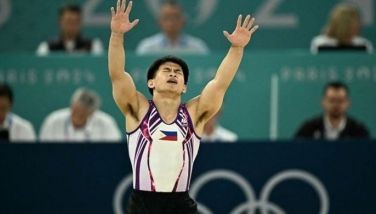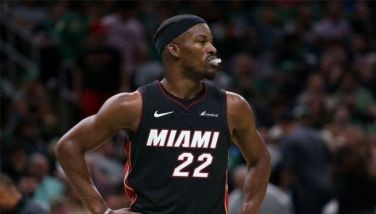K to 12 outcomes
The K to 12 curriculum is outcomes-based. That is the simplest way to describe it. That is how we can view this diagram from the Department of Education (DepEd):
Students from Kindergarten to Grade 12 are being prepared for one or more of the following outcomes: higher education, middle level skills development, entrepreneurship, and employment.
Let us start with the academic outcome.
On October 28, 2011, the Commission on Higher Education promulgated a set of specific standards (competencies, knowledge, skills) that all incoming college students should have. These are called College Readiness Standards (CRS). They cover the following learning areas: English, Filipino, Literature, Humanities, Mathematics, Social Studies, and Science.
Here is an example of a Content Standard in Mathematics: “After 12 years of pre-university education, a student wishing to enter college should know the Measures of Central Tendency.â€
Here is an example of a Performance Standard: “After 12 years of pre-university education, a student wishing to enter college should be able to find the mean, median and mode of ungrouped statistical data.â€
As a response, DepEd formulated corresponding content and performance standards in the K to 12 curriculum. DepEd wants to ensure that all Senior High School (SHS) graduates are qualified to pursue a college degree. The first outcome of the new curriculum is for all students to be qualified for higher education.
In our example of the three fictional students, Pedro will be prepared to enroll in a bachelor’s degree in animation because he will already have a National Certificate (NC) in Animation by the time he finishes Grade 12.
Pablo will be ready to take a course such as A.B. Sports Management, because he will have personally experienced being a full-time player in SHS.
Maria will be ready to take an engineering course, because she will have taken the necessary preparatory mathematics and science subjects in SHS.
The curriculum also ensures that students who do not foresee going to college immediately (that is, those students that will join the world of work directly after Grade 12) will have the necessary skills to take on, at the very least, middle level tasks. These tasks may be within a company of their own (thus, entrepreneurship) or an established company (thus, employment). The curriculum, therefore, also aims at the other three outcomes.
Pedro, for example, if he does not go to college immediately but decides to spend all his time putting up his game development company, will already have NCs in Animation and Entrepreneurship, both of which will be important for him to run a small enterprise. He will know enough to create a narrative for a game, enough to do animation for a foreign company if he decides to be an outsourcer, and enough to handle the business planning for his three or four employees.
Needless to say, if he wants to expand his company into a big player in the game development industry, he will need to go to college to get more training in IT and perhaps even a business management degree. He can do this after earning enough money to go to college full-time. More likely, in order not to give up his business, he will enroll in evening or weekend college subjects as a part-time student. Either way, he will have taken the subjects in SHS that will give him the CRS to pass college entrance examinations.
Pablo, on the other hand, will have competed in national, perhaps even international competitions. After Grade 12, he can apply immediately to become a member of the Azkals. Once he becomes too old or too slow to be of use to the team, he can return to formal studies. Like Pedro, he will be able to pass college admission tests.
Maria, of course, will go directly to college. Having opted for the STEM (Science, Technology, Engineering, Mathematics) track in SHS, she will have no problem being admitted into an engineering degree program. If something happens to her family’s finances, however (for example, if her OFW parents have to return to the Philippines due to war or disease), she has the option of postponing college and temporarily earning a living in a middle-level job. For example, she can be a technician in a laboratory, since she will already have spent quite an amount of time being immersed in laboratory work in SHS. If her family has, say, a computer or automotive repair shop, she can take over the management of the shop, because she would have earned an NC1 in Junior High School (JHS).
In other words, all three students will have three options to choose from when they finish Grade 12. They can opt to be employees immediately if they wish or if they are forced to. They can start a company of their own if they have the aptitude and the capital. They can go to college immediately or eventually. (To be continued)
- Latest



























